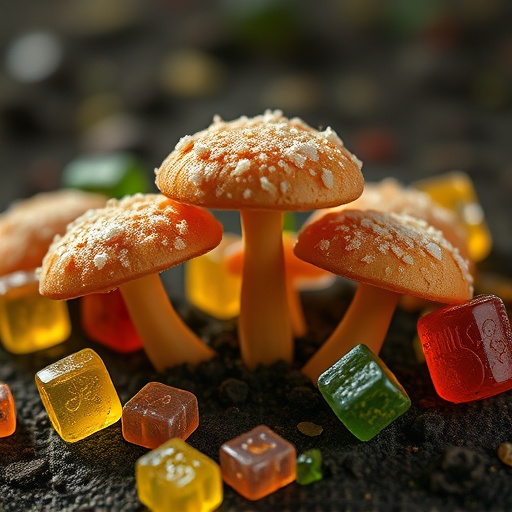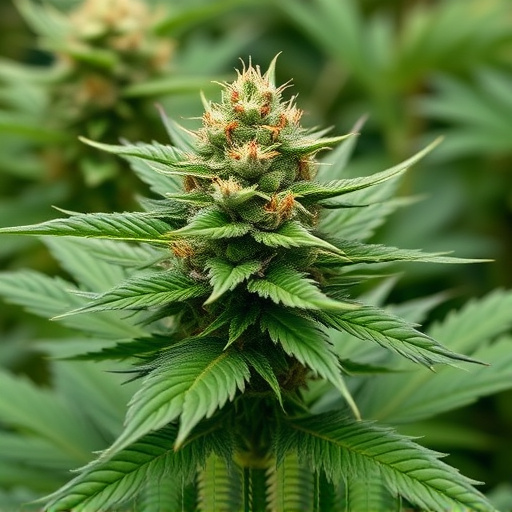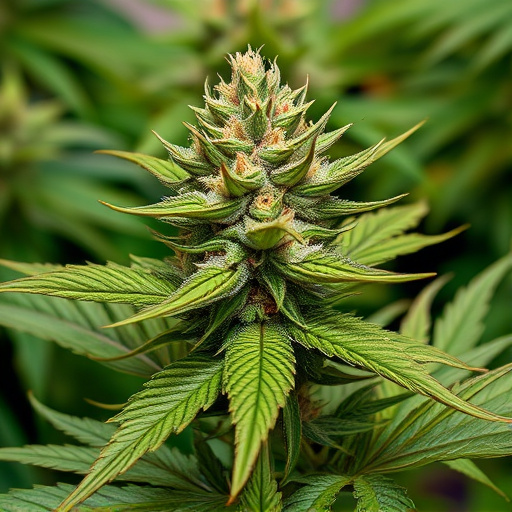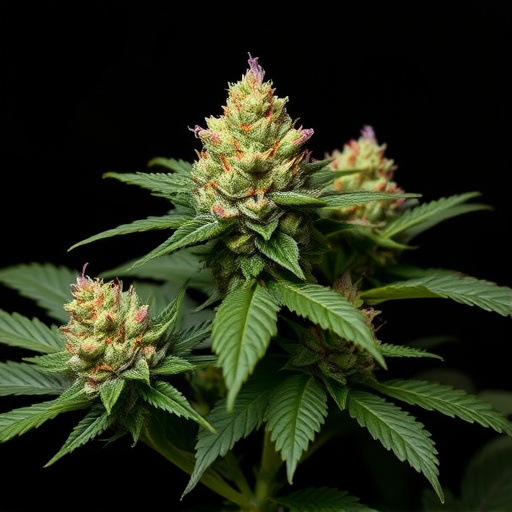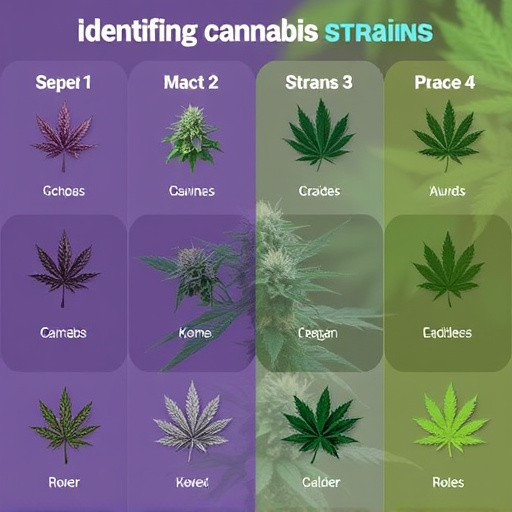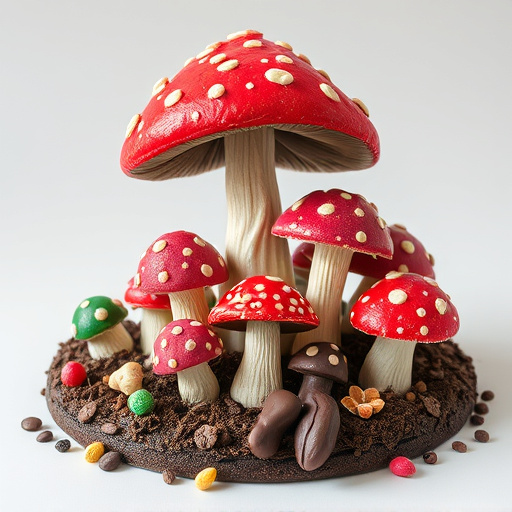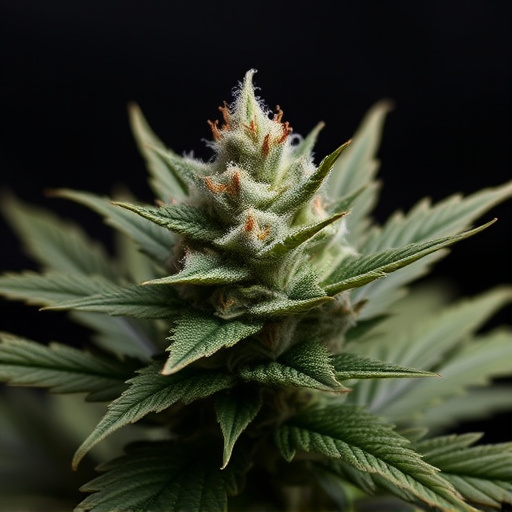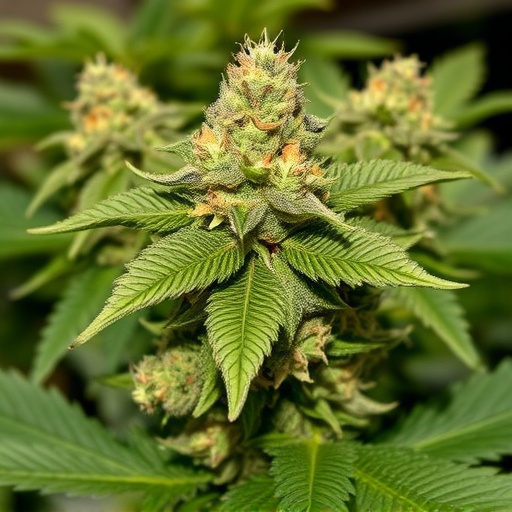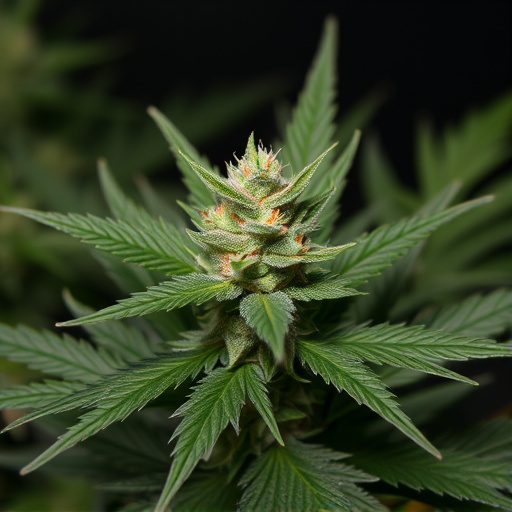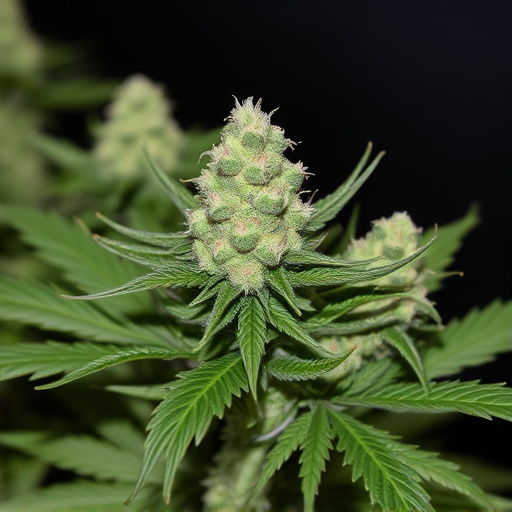Drug tests for cannabis have evolved from detecting only THC to identifying complex compounds like CBD and terpene profiles found in cannabis cup strains. With cannabis becoming legal, precise testing is vital to avoid false positives. While high THC content offers unique effects, it increases detectability, requiring users to understand varying detection windows based on use frequency and metabolism. Advanced methods include urinalysis (up to 30 days), blood tests (up to 90 days), and hair follicle testing (several months), each offering tailored accuracy for different scenarios.
Weed, or cannabis, has gained significant attention, but its impact on drug testing remains a topic of interest. This article explores how cannabis, especially popular strains from the Cannabis Cup, can show up in drug tests and why understanding these methods is crucial. We’ll delve into the science behind detecting THC, the primary compound tested, and common scenarios where positive results may occur. By shedding light on these factors, individuals can make informed decisions regarding their substance use and its potential consequences.
- Understanding Drug Tests and Their Purpose
- The Presence of THC in Cannabis Cup Strains
- Detecting Cannabis in Common Drug Testing Methods
Understanding Drug Tests and Their Purpose
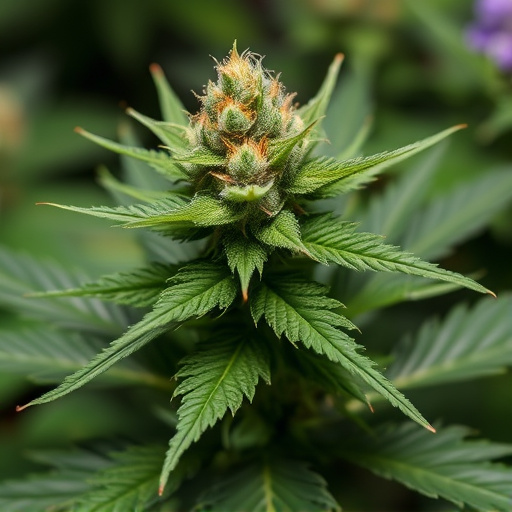
Drug tests have become an integral part of various settings, from employment screening to legal proceedings and sports competitions. These tests are designed to detect the presence of illicit substances in an individual’s system, providing a quick and reliable method to ensure safety, integrity, and compliance with regulations. The purpose of these assessments extends beyond punishment; they serve as a crucial tool for identifying substance abuse, facilitating treatment, and promoting healthier environments.
When it comes to understanding drug tests’ capabilities, especially regarding cannabis, it’s essential to recognize that different methods detect various compounds. While traditional tests primarily target THC (the primary psychoactive compound in cannabis), advanced testing can uncover the presence of other substances, including CBD and certain terpene profiles found in specific cannabis cup strains. This complexity underscores the need for accurate testing procedures to ensure fairness and prevent false positives, especially considering the growing legalization and acceptance of cannabis for both medical and recreational use.
The Presence of THC in Cannabis Cup Strains
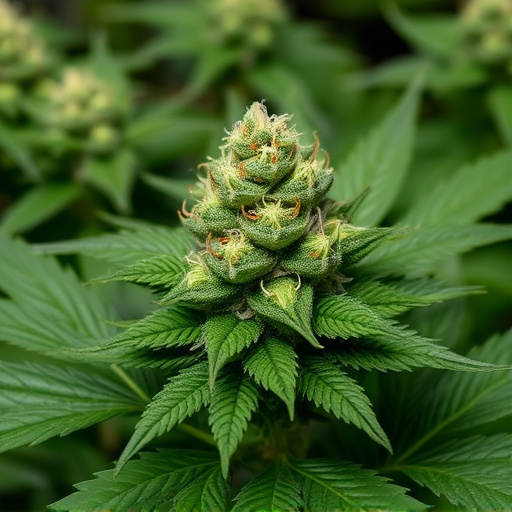
The presence of THC, the primary psychoactive compound in cannabis, is a key factor in how cannabis cup strains can show up in drug tests. THC remains in the body for varying periods after consumption, depending on factors like frequency of use, metabolism, and strain potency. Cannabis cup winners, known for their exceptional potency and unique effects, often contain significantly higher levels of THC compared to average strains. This heightened concentration means that users may experience longer-lasting impacts, which can subsequently increase the likelihood of THC being detectable in drug tests.
Cannabis cup strains, designed to impress judges and enthusiasts alike, often focus on maximizing THC content. This pursuit of potency can lead to powerful experiences but also raises concerns about false positives in drug screenings. Understanding the relationship between THC levels and drug test outcomes is crucial, especially for cannabis enthusiasts participating in competitions or individuals navigating employment or legal scenarios where positive tests have significant consequences.
Detecting Cannabis in Common Drug Testing Methods
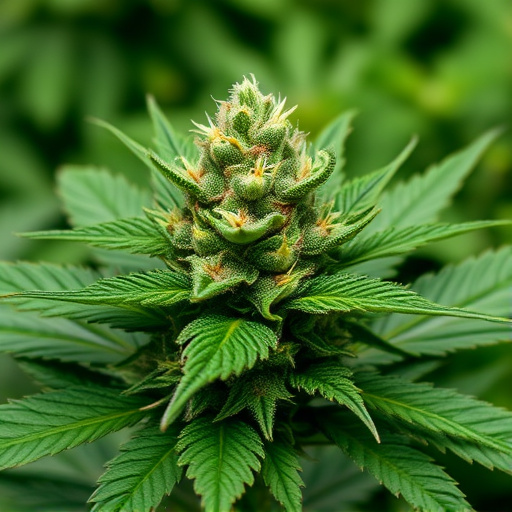
Common drug testing methods often include a variety of techniques to detect substances, including cannabis. These tests typically rely on urinalysis, blood analysis, or hair follicle examinations. When it comes to identifying cannabis, especially in the context of notable Cannabis Cup strains, these methods have evolved significantly.
Urine tests, widely used due to their non-invasive nature, can detect THC (tetrahydrocannabinol), the primary psychoactive compound in cannabis, for up to 30 days after consumption. However, false positives are possible with certain foods and medications. Blood tests offer a more comprehensive analysis, identifying THC and its metabolites, providing a longer detection window of up to 90 days but are less commonly used due to their invasiveness. Hair follicle testing is another method that can detect cannabis use for several months, as hair grows continuously, allowing for retrospective analysis. This method has gained popularity in certain industries where drug-free policies are stringent, focusing on the unique metabolites of THC found in hair follicles.
Cannabis cup strains, known for their diverse THC content, can significantly impact drug test outcomes. Understanding how THC is detected through common testing methods is essential for both consumers and employers. While these tests primarily target the presence of cannabis, awareness of its varying concentrations in different strains is crucial. By staying informed about the latest advancements in drug testing technology and cannabis consumption practices, individuals can navigate these processes with greater confidence and clarity.
